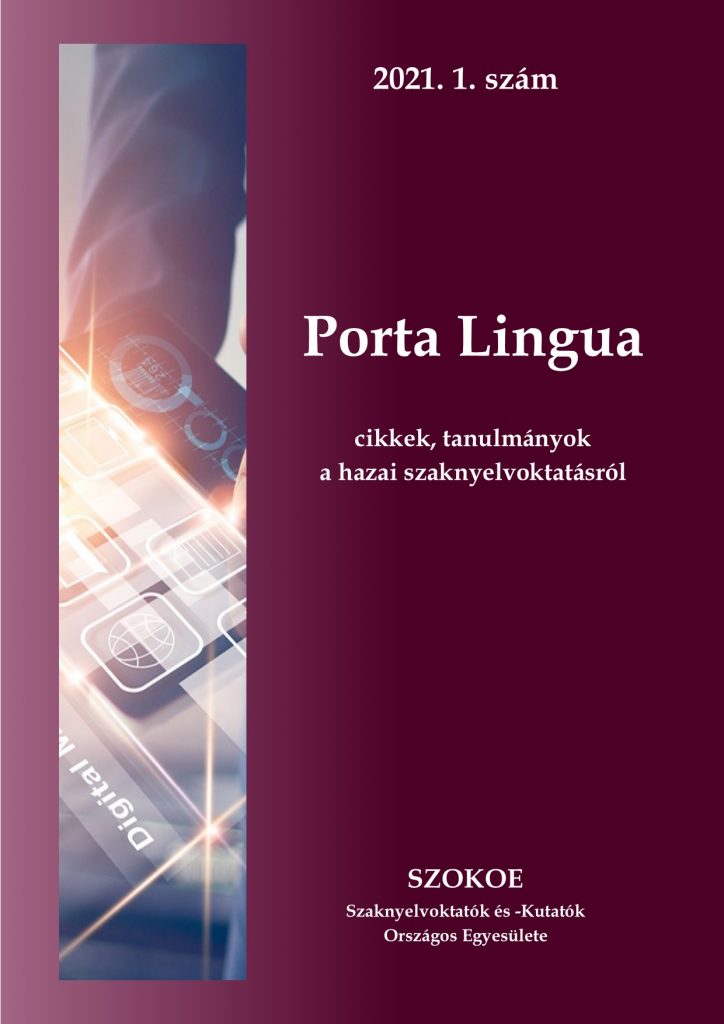Deli Zsolt Pál
The lexical analysis of two works by Ernest Hemingway and F. Scott Fitzgerald
![]()
Deli, Zs. P. (2021): The lexical analysis of two works by Ernest Hemingway and F. Scott Fitzgerald. Porta Lingua. 2021/1. 199-209
DOI: https://doi.org/10.48040/PL.2021.16
Absztrakt
The scientific field of computational linguistics can significantly contribute to the analysis of literary texts from a variety of perspectives, including educational ones. The purpose of the present study is to investigate and analyze literary texts with the help of computational linguistics devices, with special focus on the difficulty level of vocabulary items, the general vocabulary profile analysis regarding the frequency of occurrence, and the sentence length of selected texts, on which research questions of the present study are based. Ernest Hemingway’s work Big Two-Hearted River – Part I., and F. Scott Fitzgerald’s The Great Gatsby, were analyzed. It is hypothesized, based on previous research, that the words used in Hemingway’s prose will fall into a lower reading difficulty range than that of Fitzgerald’s, and that Hemingway’s style will generally be simpler than that of Fitzgerald’s in terms of syntactic structures and sentence length. Their writings were analyzed with the help of computational linguistics tools. Comparing the text profiles of Hemingway and Fitzgerald for the level of difficulty, it can be concluded that the vocabulary level of their writings is not significantly different. Yet, Fitzgerald’s prose contains significantly longer and more elaborate sentences. Language technology appliances may contribute to the critical, detailed and effective analysis of literary works, contributing to other benefits, including language teaching.
Keywords: computational linguistics, difficulty level, frequency occurrence, sentence length, vocabulary profile


 Porta Lingua 2021
Porta Lingua 2021